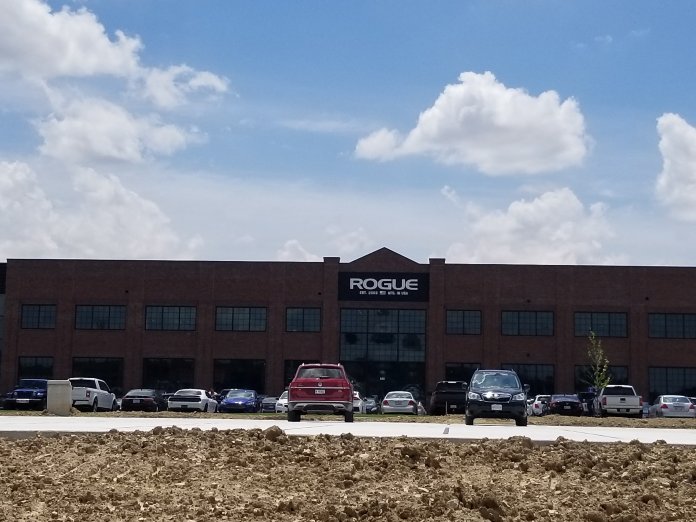Ohio Capital Journal
A proposal put forward Tuesday by two Ohio House Republicans would renew a source of funding to clean and reuse abandoned industrial sites known as “brownfields.”
The program, known as the Clean Ohio Revitalization Fund, has existed for almost 20 years. But it hasn’t been funded since 2013, when state revenue from liquor sales was redirected to JobsOhio, an economic development agency.
House Bill 675, filed by Reps. Brett Hudson Hillyer, R-Urichsville, and D.J. Swearingen, R-Huron, would take liquor revenue in excess of what JobsOhio is entitled to by law and dedicate it to the revitalization fund, said Jason Warner, government affairs manager for the Greater Ohio Policy Center, a smart-growth organization which is promoting the bill.
That would be about $37 million for this fiscal year and is expected to rise to about $44 million for fiscal year 2021.
While JobsOhio might help fund industrial reclamation by making loans to businesses that pledge to create a certain number of jobs, the state revitalization fund operates differently, Warner said. Under it, state officials evaluate proposals from local governments for grants and loans to clean up industrial sites for redevelopment.
For example, Warner pointed to the Chesapeake Lofts project in Sandusky. The Clean Ohio Revitalization Fund put up a $3 million grant to clean up a former industrial area on the north side of the city close to the Lake Erie shore. Now the parcel is a mixed-use site with condominiums that Warner’s group says generates $700,000 a year in property tax revenue after previously sitting vacant.
Projects underwritten by the revitalization fund to the tune of $400 million between 2002 and 2013 have provided Ohio a four-to-one return on investment the Greater Ohio Policy Center says.
“I can’t think of too many state programs that have had the financial returns that this program has had,” Warner said. “We just think it makes sense now to have this.”
The funds HB765 would tap to reclaim brownfields are now flowing into the state general-revenue fund. With coronavirus playing havoc with state budgets, Gov. Mike DeWine has said he needs all the flexibility he can get when it comes to spending. So he’s likely not very eager to see any general-fund money tied up.
Warner said the sponsors of HB675 understand that. The bill wouldn’t take effect until the fiscal year that begins July 1, 2022.
***
More from Ohio Capital Journal:
Ohio House to vote on sports betting proposal
A bill that would allow Ohioans to gamble on sports without leaving the couch cleared a major hurdle Wednesday and will head to the House floor.
House Bill 194 passed the House Finance Committee with a bipartisan majority. The legislation, if signed, would allow anyone aged 21-and-up to wager on sports either online or in person at casinos, racinos, or veterans or fraternal organizations.
The state would tax revenue —minus winnings — at 10% and earmark the money for a fund within the Department of Education.
The legislation, roughly a year in the making, still requires approval from the full House, the Senate and the governor. The Senate has its own proposal for sports betting in Ohio with critical differences in regulatory control and taxation, potentially setting up a showdown. READ MORE





